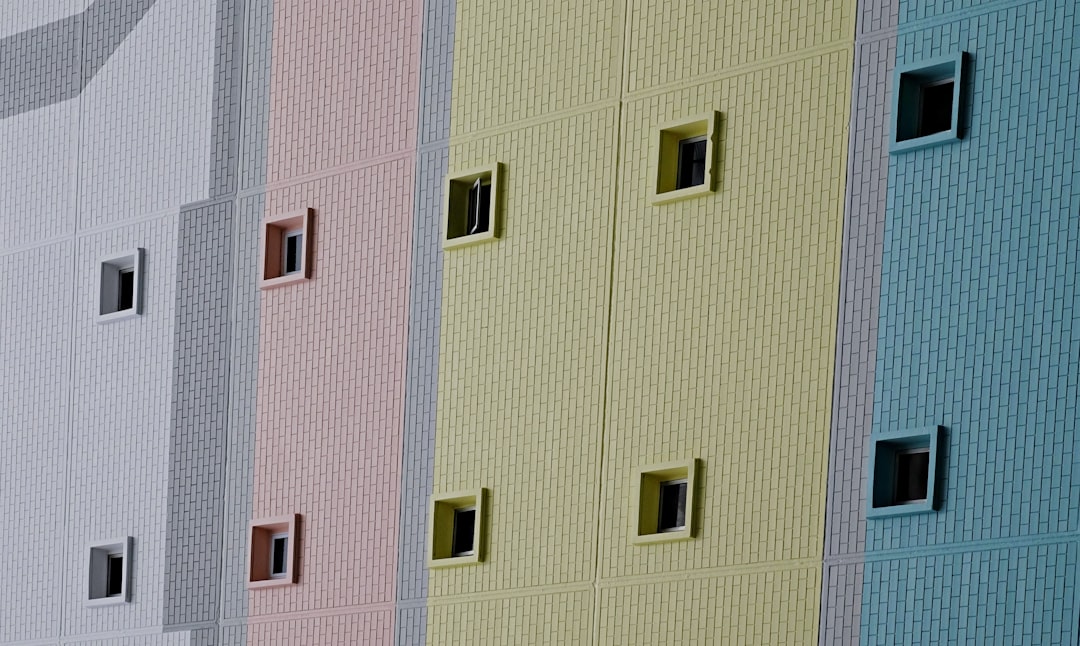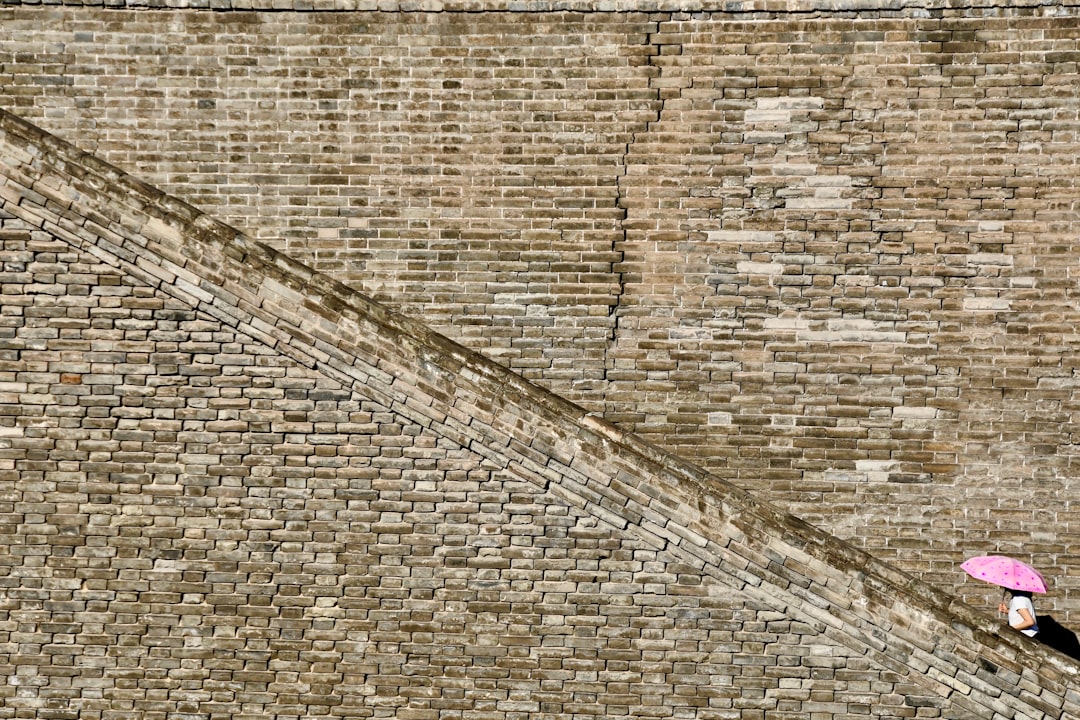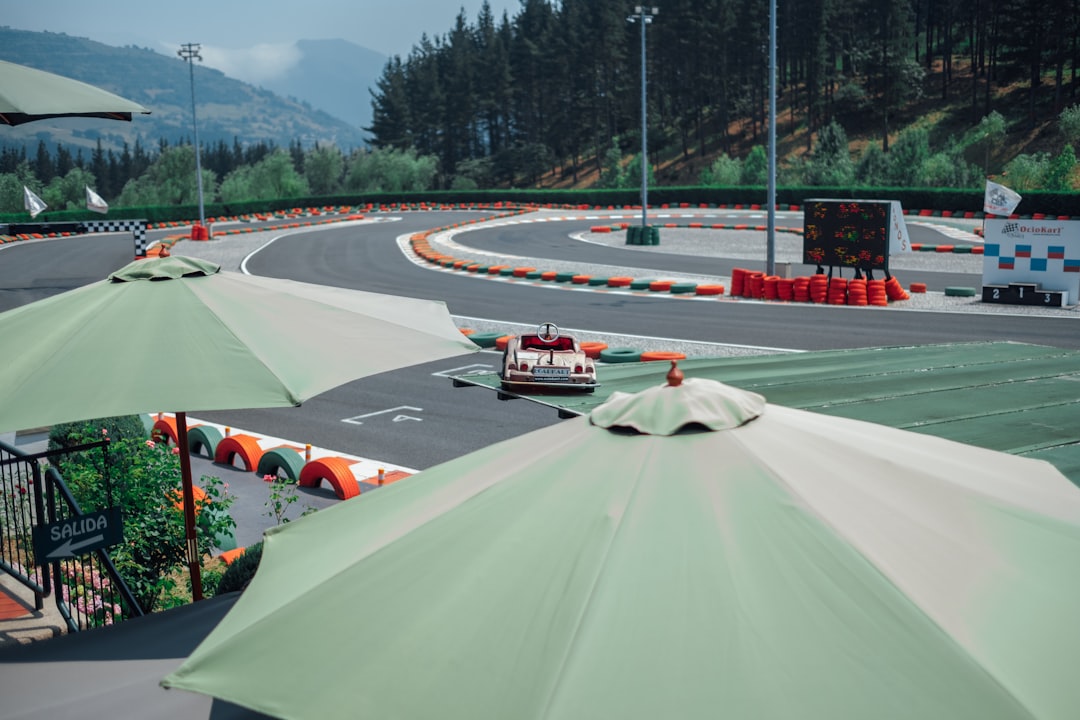Table of Contents
In any modern space—be it a residential home or a commercial office—the visual integrity of walls can be compromised by the presence of exposed cords and cables. Cable raceways serve as a practical solution to this problem, offering a safe and organized method to conceal wiring. However, beyond functionality, an often overlooked aspect of cable raceways is their contribution to— or detraction from—interior aesthetics. Choosing a raceway that blends seamlessly with wall finishes can transform an unsightly necessity into a design asset.
The Dual Role of Cable Raceways
Cable raceways are often thought of primarily for their utilitarian purpose: to protect and conceal cables. However, they also bear a heavy influence on the visual harmony of a room. A poorly chosen raceway color or style can stick out conspicuously, while a thoughtfully selected model can virtually disappear into the wall or even enhance the decor.
Raceways come in various styles, finishes, and colors to accommodate a diverse range of wall types, including painted drywall, wallpapered surfaces, exposed brick, and textured panels. The right raceway not only minimizes visual disruption but can also highlight a commitment to detail and design unity.
Common Wall Types and Aesthetic Considerations
1. Painted Drywall
Painted drywall is by far the most common wall type in homes and offices. Fortunately, it also offers the greatest flexibility when it comes to integrating cable raceways. In this case:
- Color matching is your most powerful tool. Opt for raceways that can be painted to match the wall color exactly.
- Choose split-design raceways that allow for easy paint and customization after installation.
- Matte finishes usually blend better than glossy ones with wall paint.

With painted walls, it’s often best to install the raceway first, then apply paint over it along with the rest of the wall. This creates a near-invisible finish.
2. Wallpapered Walls
Wallpaper introduces a higher level of challenge due to its patterns and textures. In such scenarios, the goal is to prevent the raceway from drawing attention away from the wall covering. Consider these practices:
- Use slim, low-profile raceways to minimize visual intrusion.
- Choose neutral colors that exist in the wallpaper’s palette.
- If possible, install raceways behind furniture where both the wallpaper and cable management will be less noticeable.
For heavily textured or patterned wallpapers, any distraction from a mismatched raceway can be glaring. In such cases, custom wrapping the raceway with leftover wallpaper scraps can virtually eliminate this issue.
3. Exposed Brick
Exposed brick walls present a rustic, timeless aesthetic that can be difficult to integrate with modern cable raceways. Nonetheless, with careful planning, raceways can either blend in or contribute to an industrial style.
- Select brick-colored or brown raceways that echo the color of the bricks or mortar.
- Utilize metallic finishes like brushed steel or copper to enhance an industrial look.
- Run cables along natural lines and grooves in the brick layout for more seamless integration.

In some cases, an intentionally visible raceway in a complementary industrial finish can add to the decor rather than detract from it. This strategy works especially well in loft apartments and studios where raw elements are celebrated.
4. Wood Paneling
Wood-paneled walls bring warmth and depth to a room, and disrupting that with stark white plastic raceways can be jarring. Aesthetic considerations for wood-panel walls include:
- Choosing wood-stainable raceways that can be colored to match the paneling precisely.
- Opting for flat rather than tubular profiles to maintain the sleekness of the paneling lines.
- Installing raceways along natural seams or grooves in the woodwork.
If matching stain isn’t feasible, dark neutral colors like espresso or black often harmonize better than attempting to match a complex grain pattern unsuccessfully.
Material Finishes and Surface Textures
Beyond wall types, the finish and build material of a cable raceway are critical to achieving visual harmony. Options range from rigid PVC to metallic aluminum and wood composites.
Plastic (PVC)
This is the most common material and also the most versatile. It is:
- Lightweight and paintable, making it easy to customize.
- Available in various pre-molded colors and textures.
- Cost-effective and durable for indoor use.
Aluminum and Metal Alloys
These are ideal for modern and industrial environments:
- They offer a sleek, professional appearance.
- Often come in brushed or matte finishes that resist fingerprinting.
- Highly durable but usually more expensive than plastic versions.
Wood-Look Composites
For upscale residential or office interiors with lots of wood elements, these are an excellent choice:
- Designed to mimic hardwoods like oak, maple, or walnut.
- Provide elegance and cohesion in traditional and rustic aesthetics.
- Slightly less flexible than plastic but worth the trade-off for visual consistency.
Installation Techniques That Aid Integration
Proper installation doesn’t just improve functionality—it plays a vital role in aesthetic success. Here are some best practices for achieving a polished look:
- Plan routing to follow natural room lines — such as baseboards, ceiling edges, or existing trim work.
- Use self-adhesive backing only when the wall finish can tolerate removal without damage; otherwise, opt for screw mounts with matching paint.
- Apply caulking or edge filler around raceways placed on particularly uneven surfaces like brick or stone.

The Role of Lighting and Shadows
Lighting plays a subtle but important role in how noticeable your cable raceway will be. Consider these tips:
- Position raceways in areas with least direct lighting.
- Use shadow lines created by molding or ledges to your advantage.
- Integrate raceways within LED light strips or fixtures to turn them into design elements.
Being mindful of light angles can sometimes be the difference between a distracting feature and an entirely camouflaged one.
Conclusion
In designing spaces that are both functional and visually refined, cable raceways deserve more thought than they usually receive. By choosing the right shape, color, finish, and installation method, raceways can be made to effectively disappear or even contribute to the room’s character. Ultimately, attention to this detail signals craftsmanship, care, and a higher standard for interior design.
From painted drywall to exposed brick, every type of wall surface presents an opportunity—either to mar or to enhance the visual appeal. With careful selection and installation, cable raceways can do far more than manage clutter; they can elevate the design itself.

